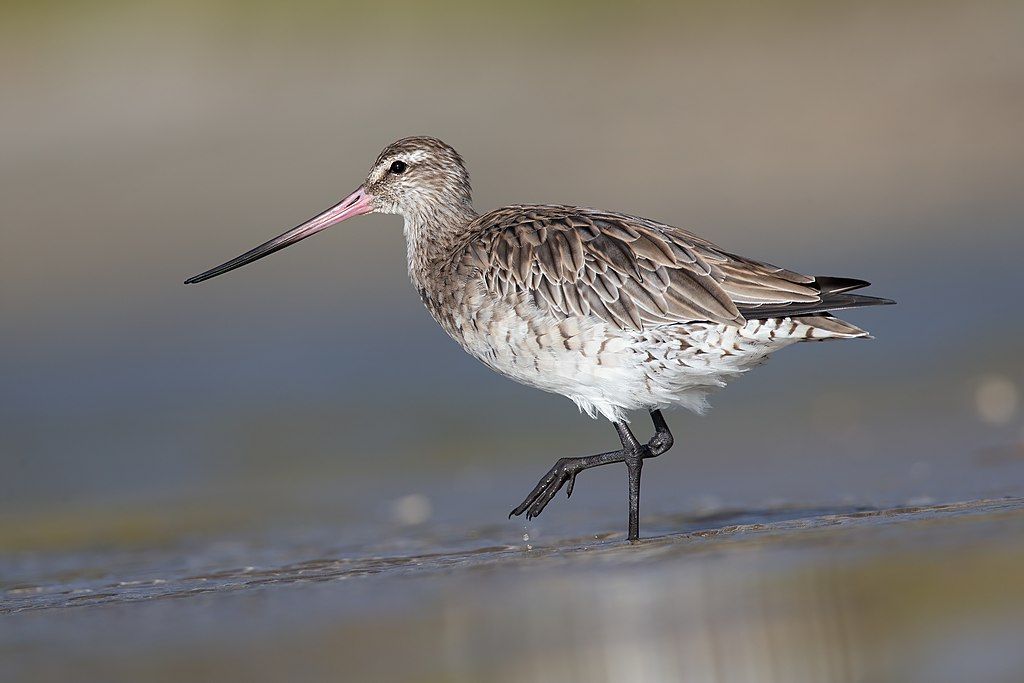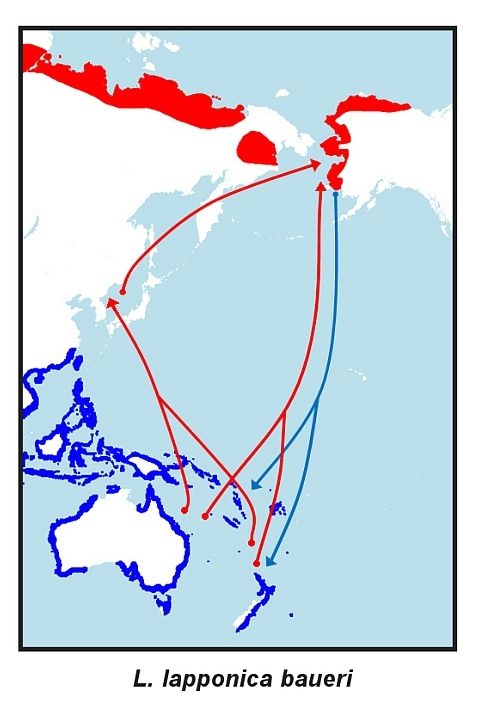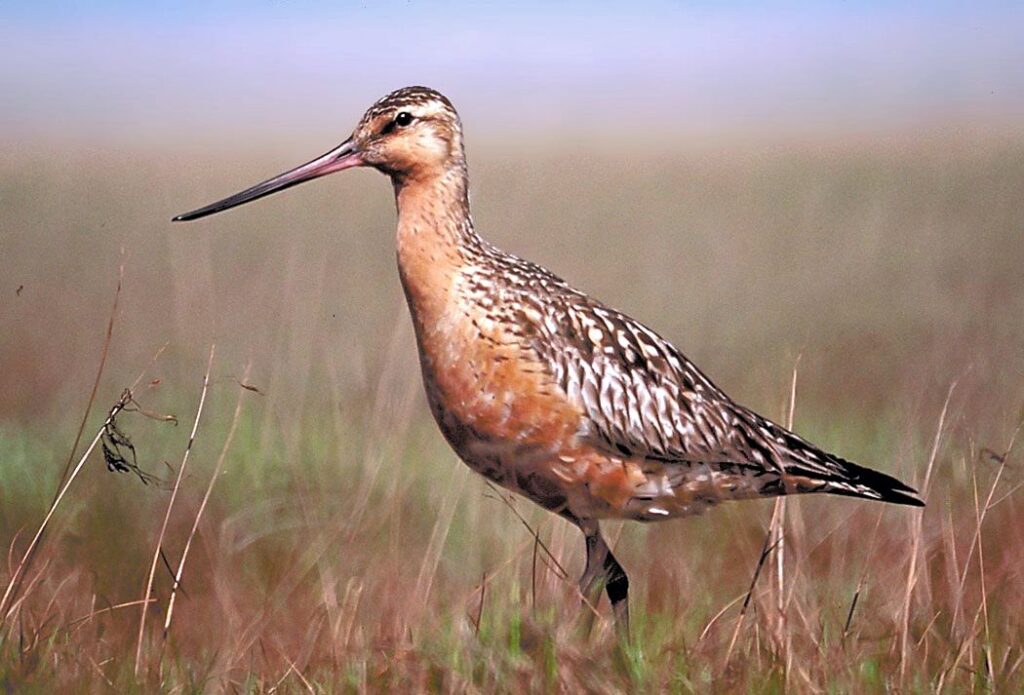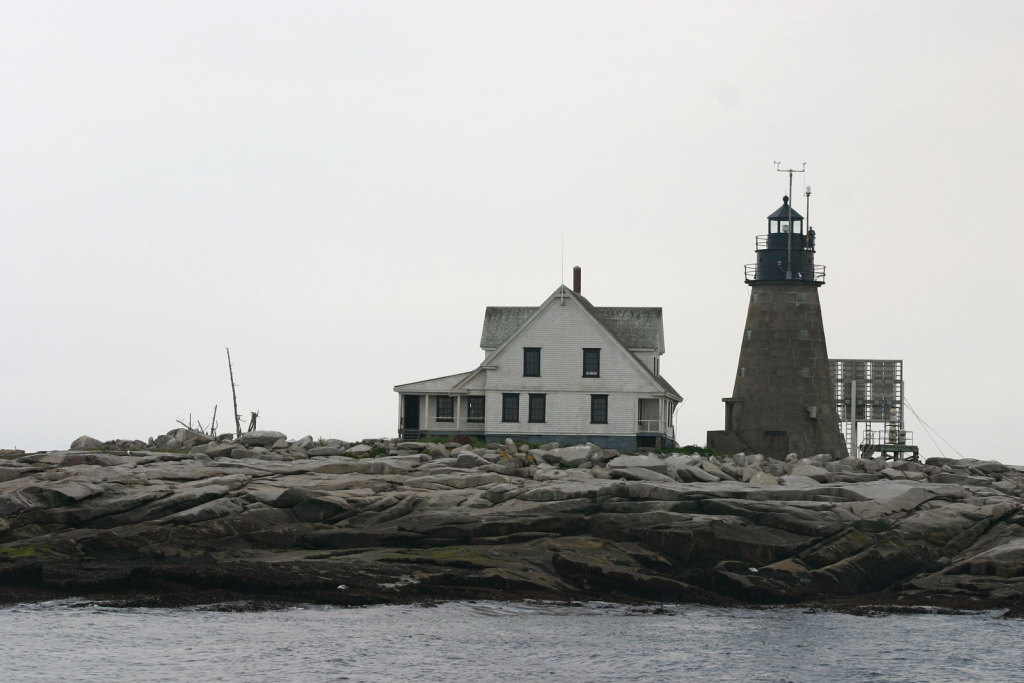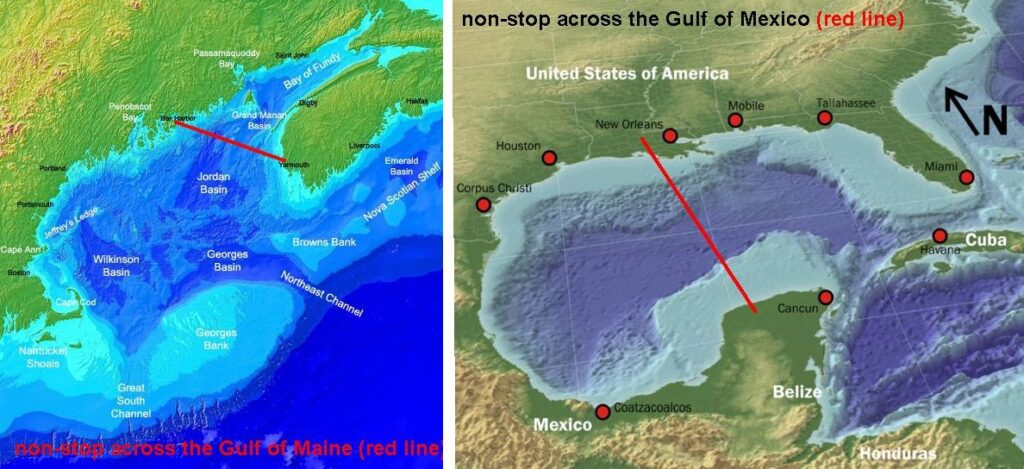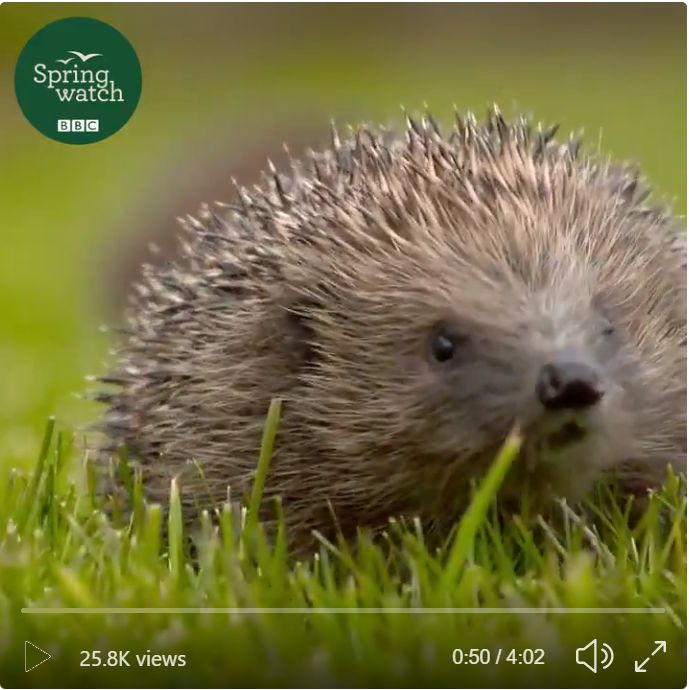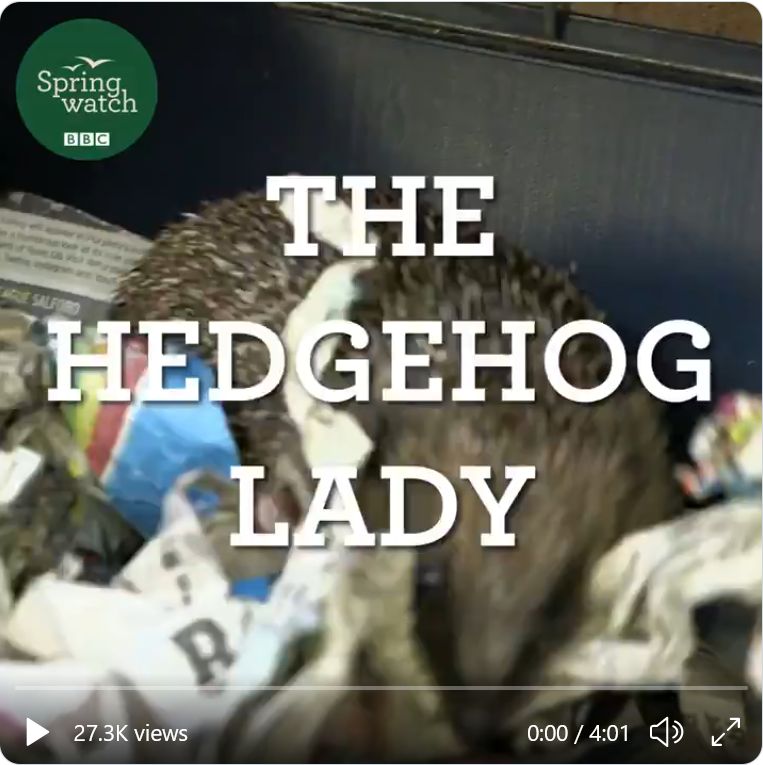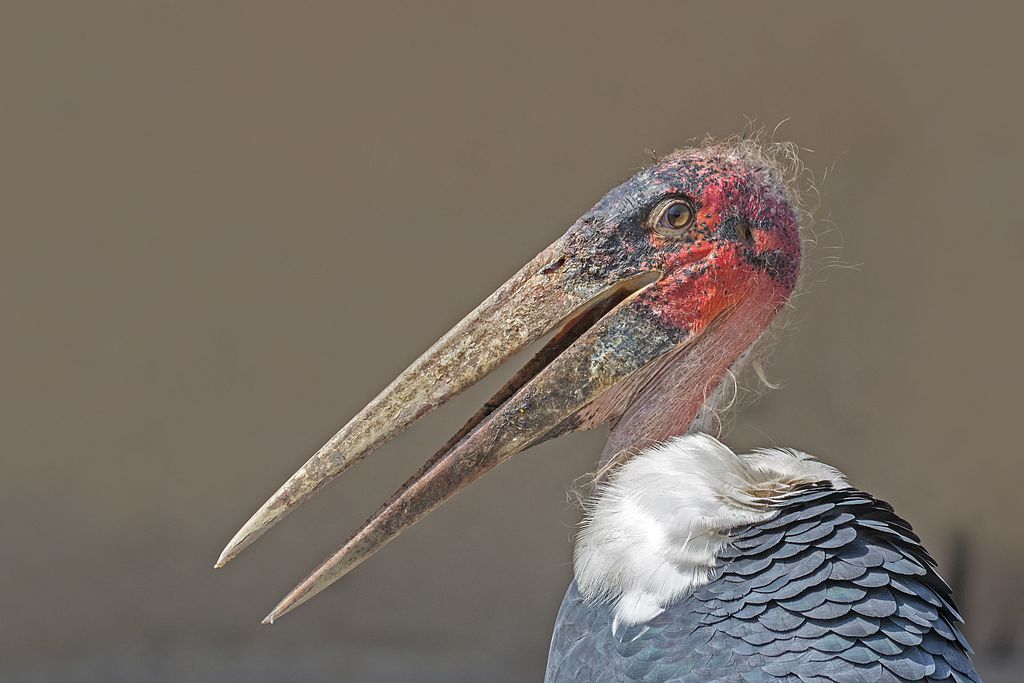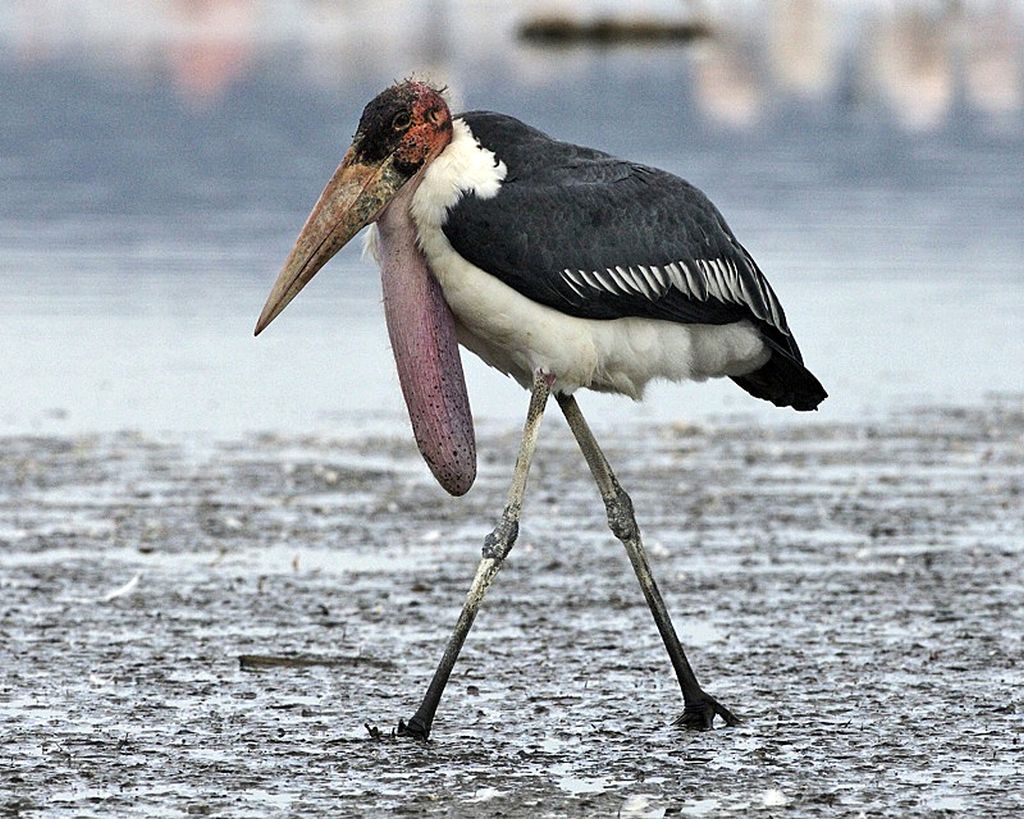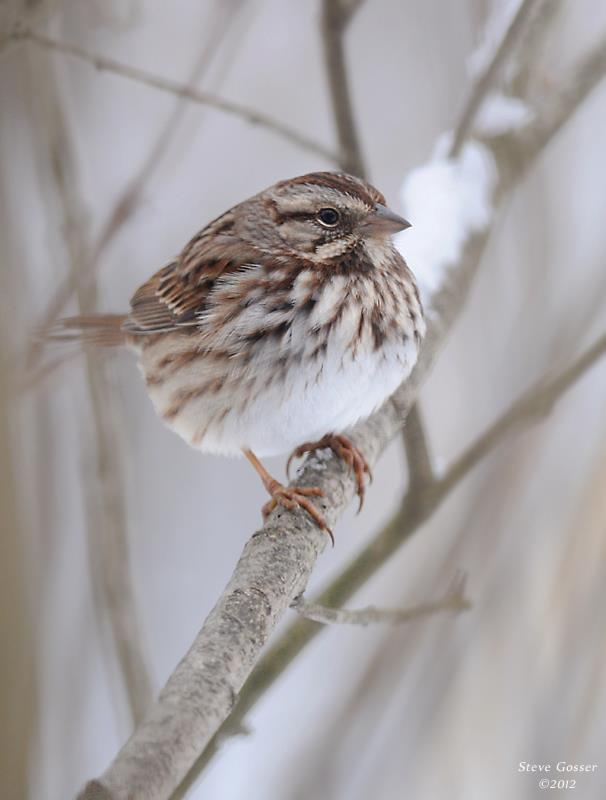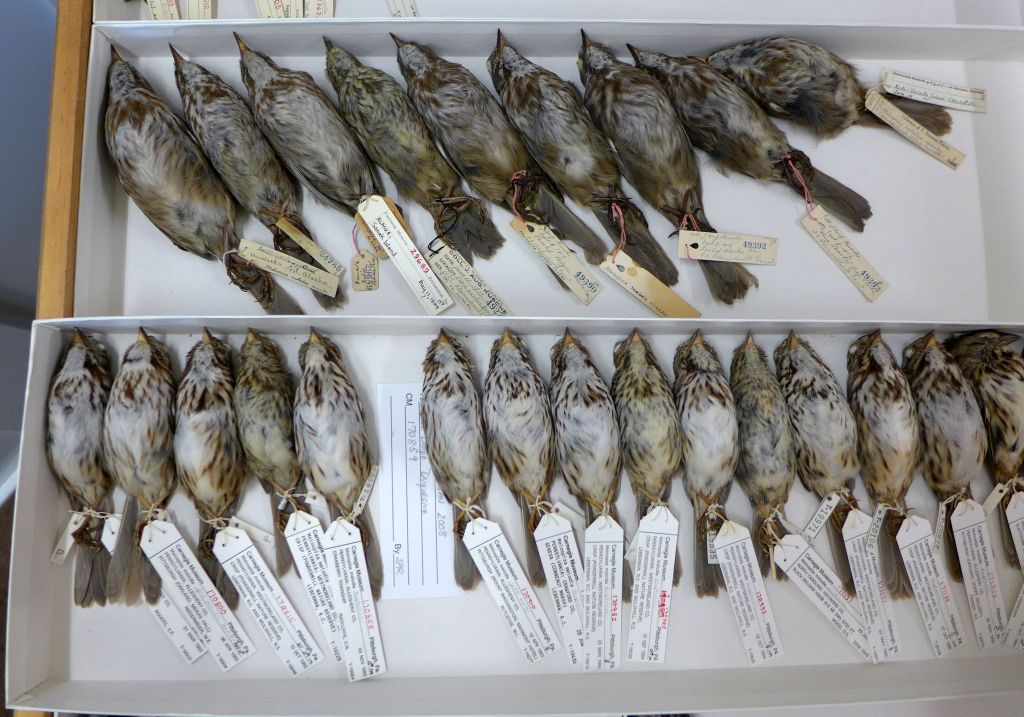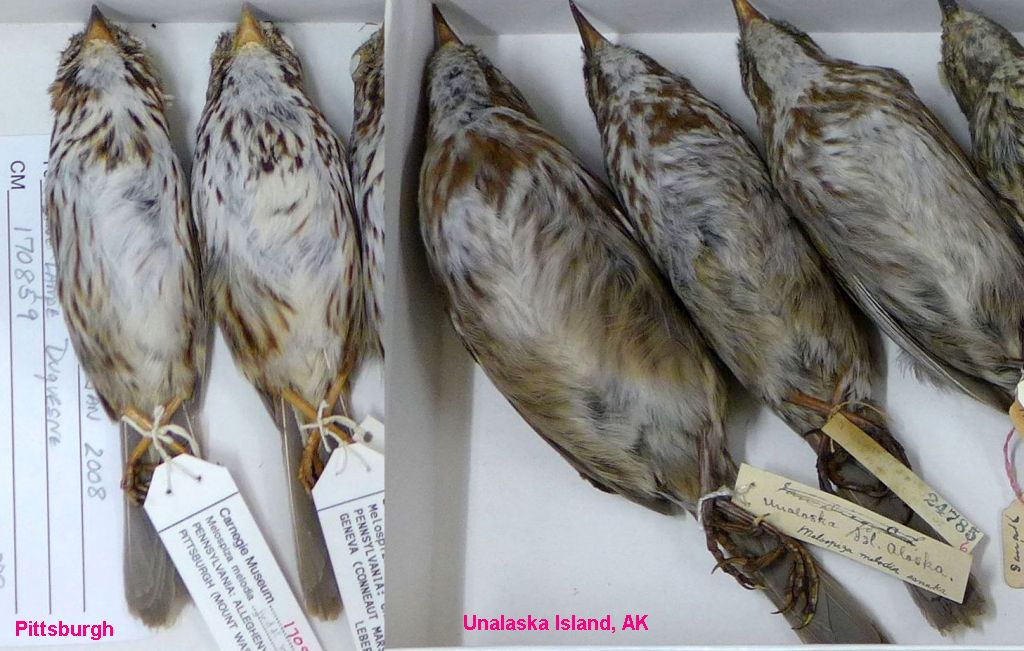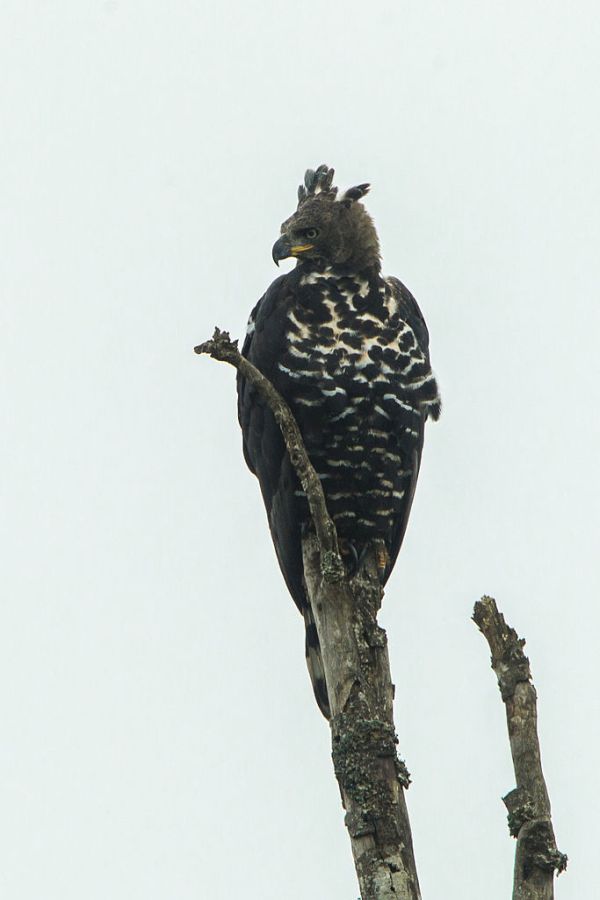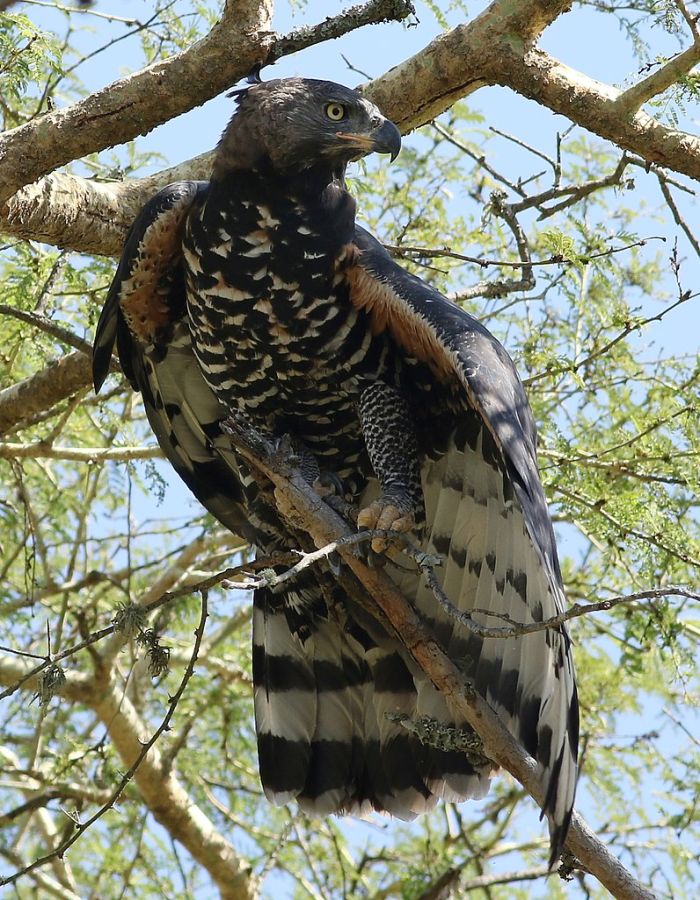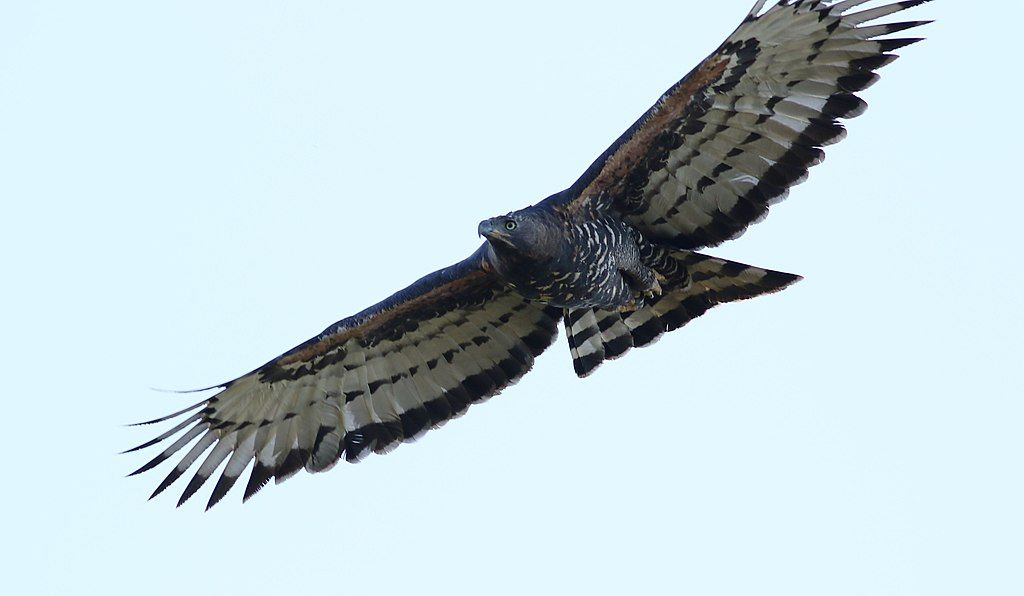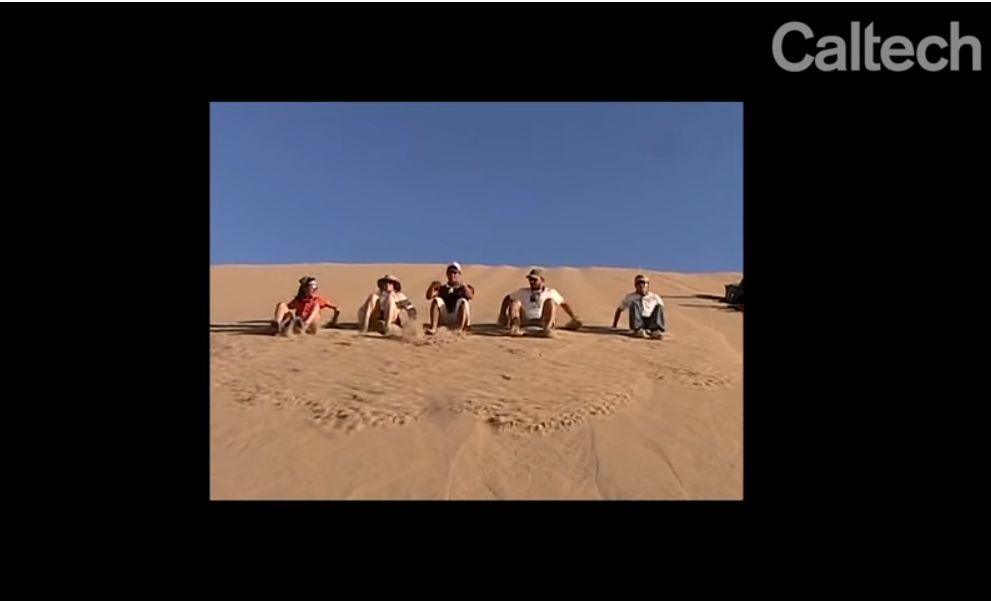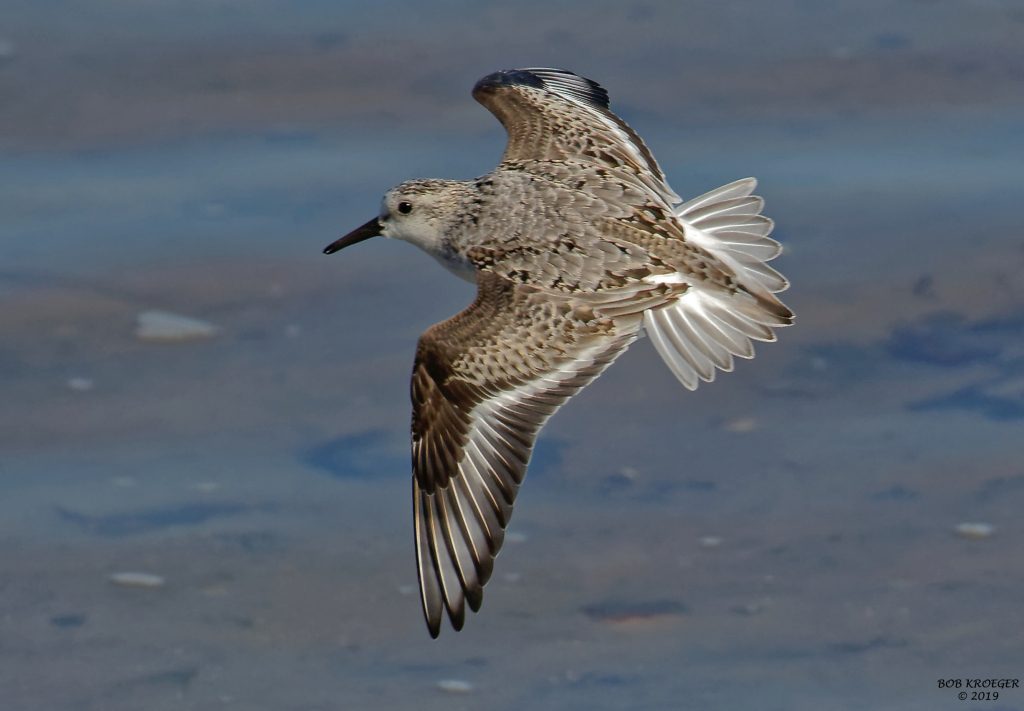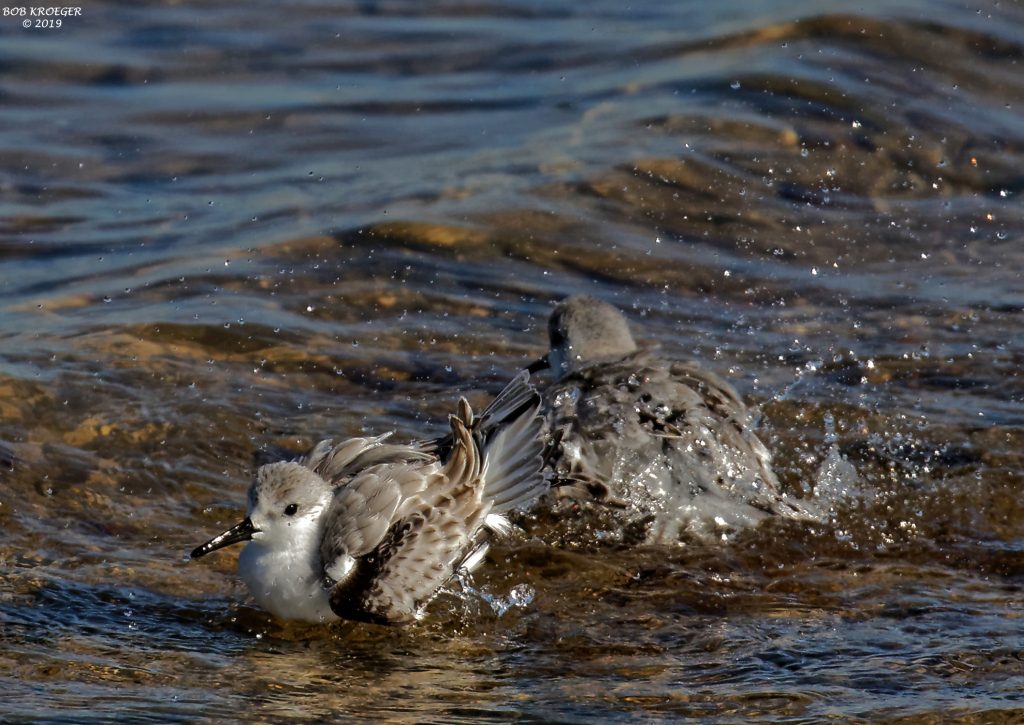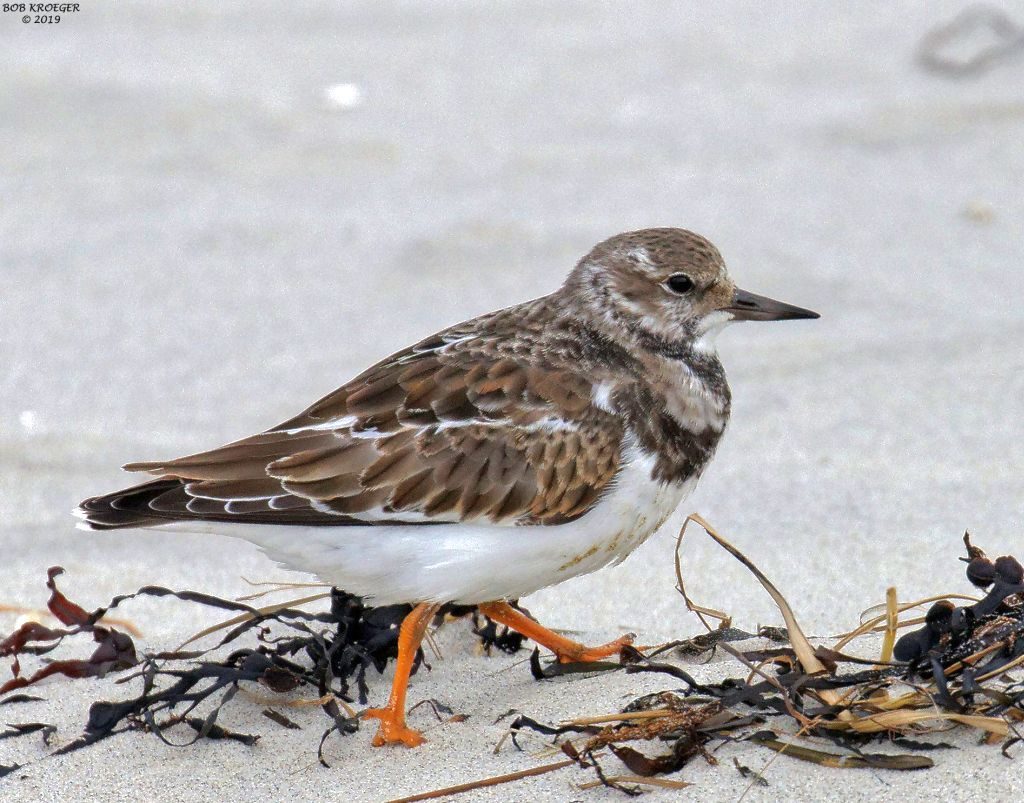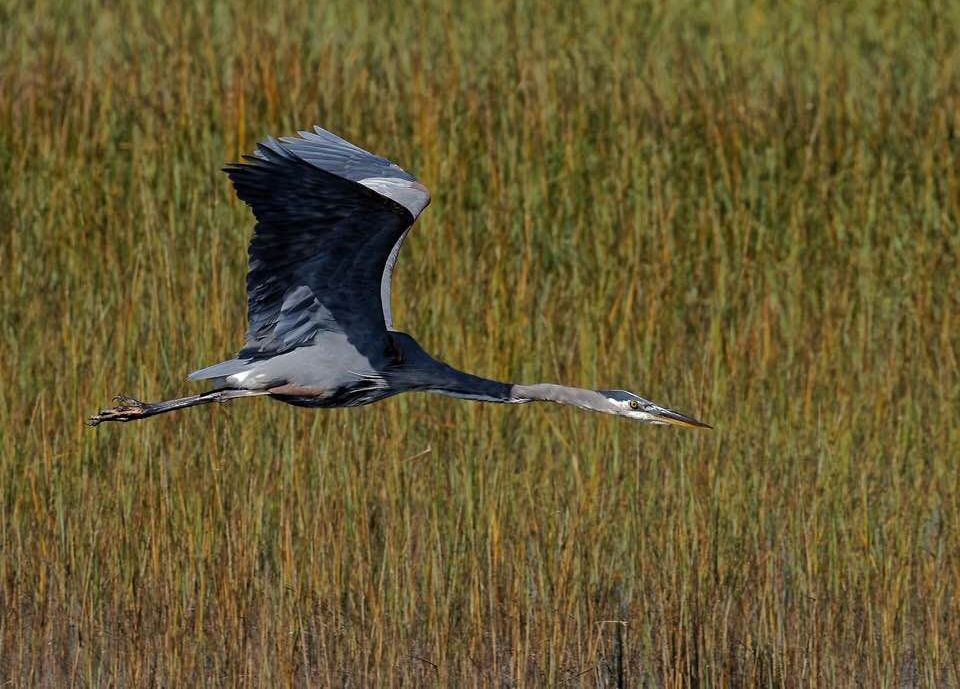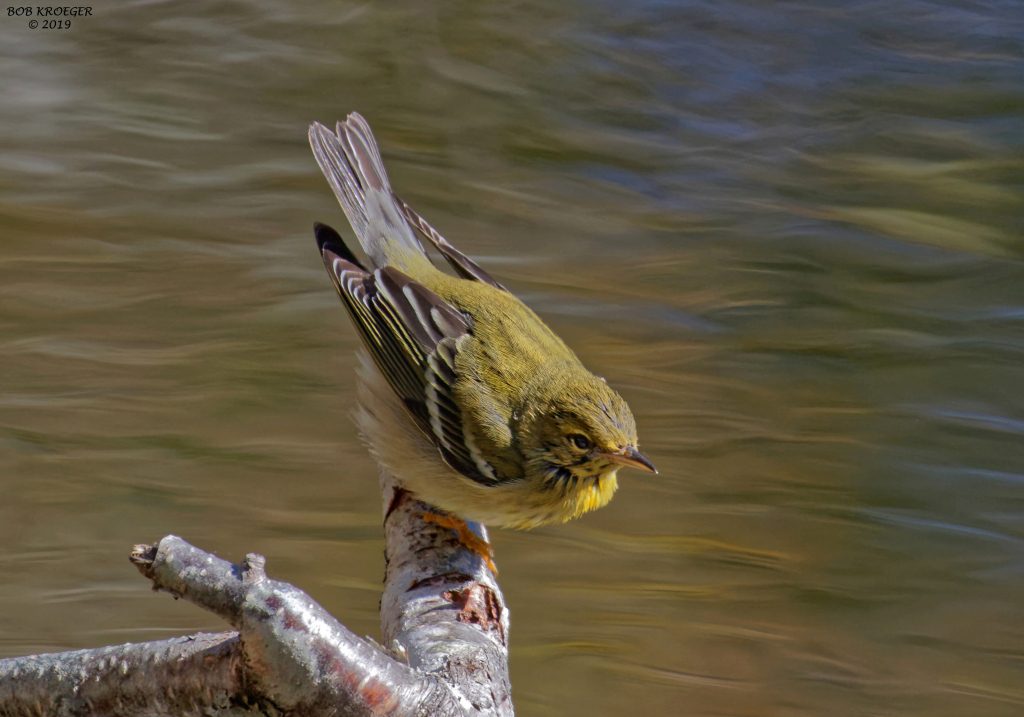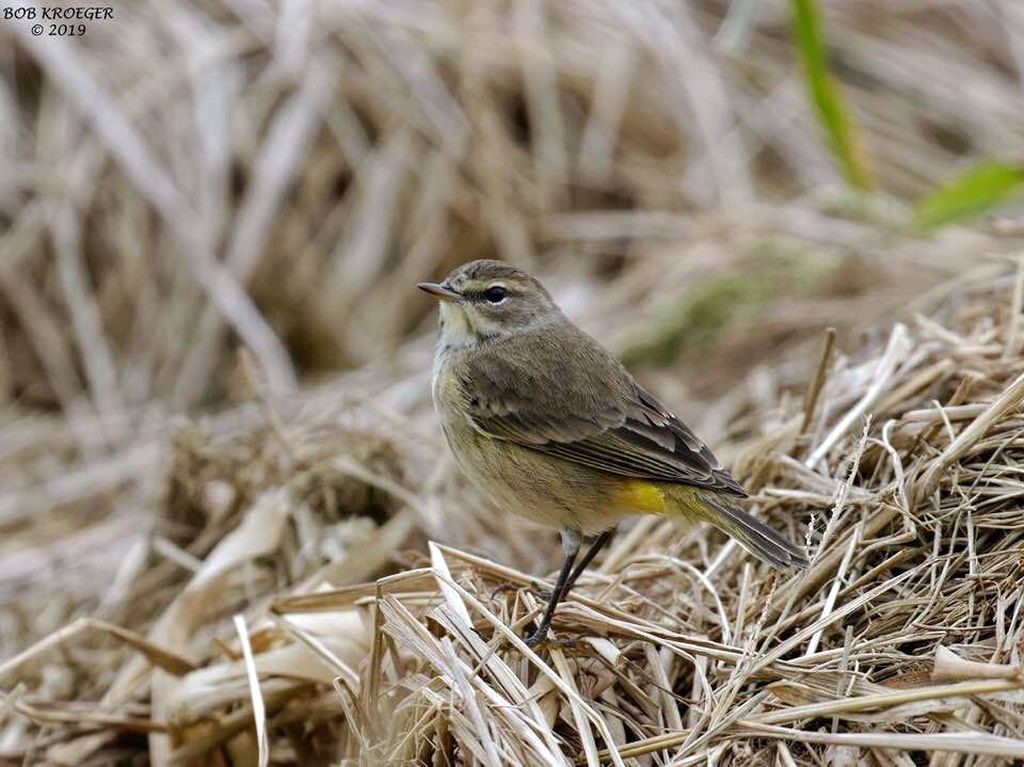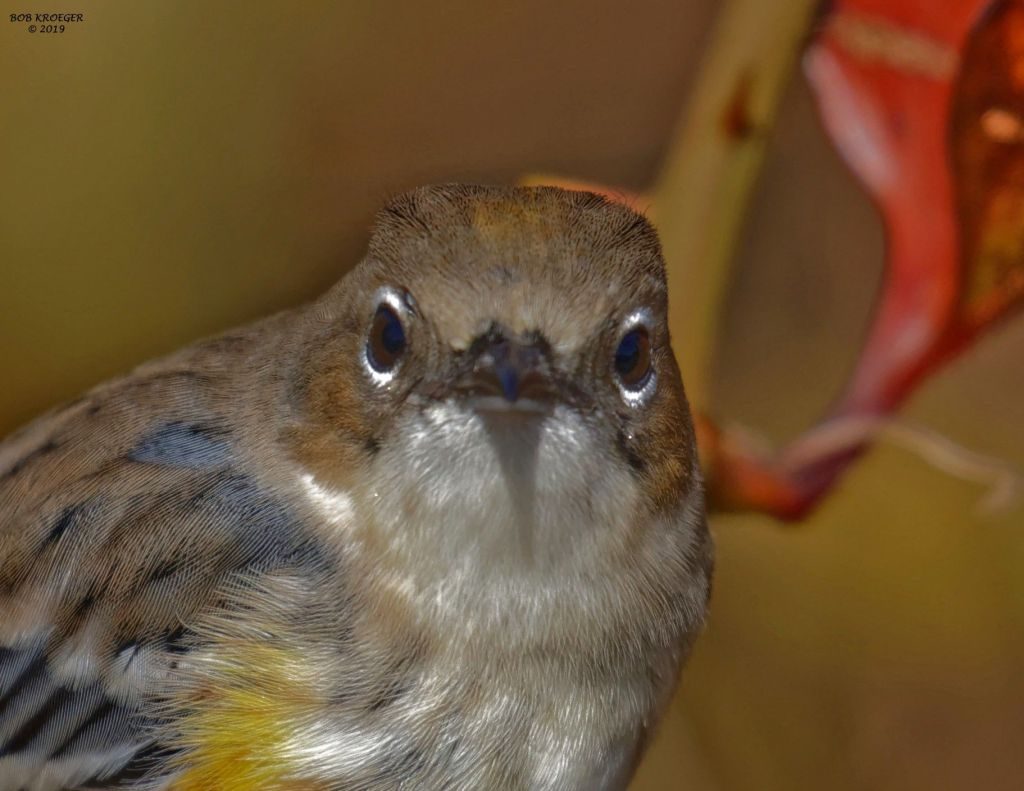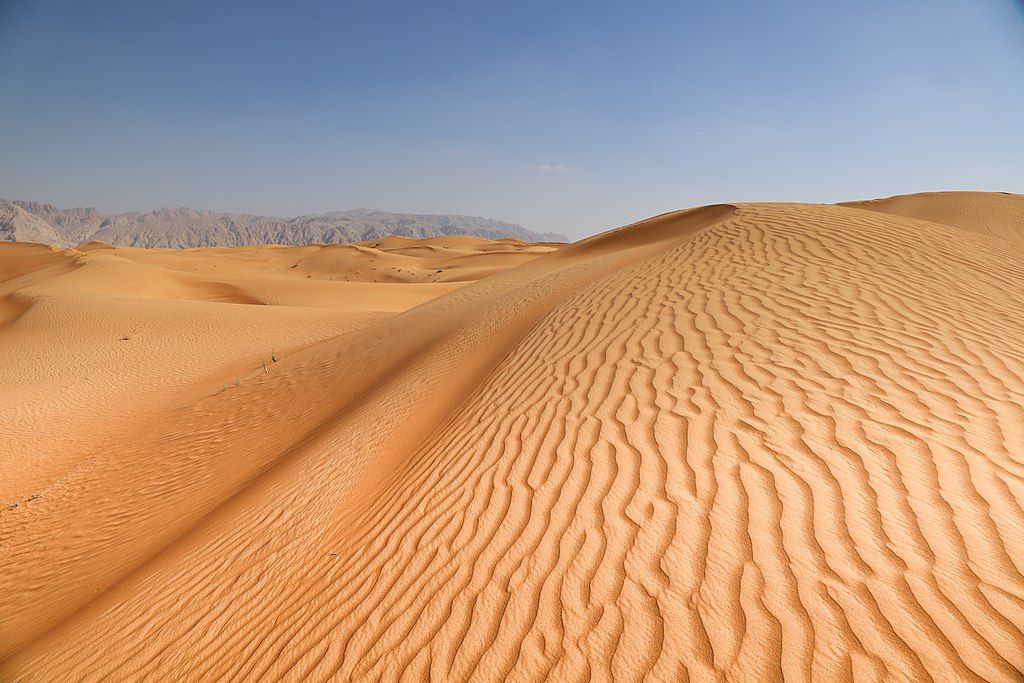
Quiz! Where is the largest desert on Earth? What continent is it on?
By “largest” I mean square miles. By “desert” I mean …
A desert is a barren area of landscape where little precipitation occurs and, consequently, living conditions are hostile for plant and animal life. The lack of vegetation exposes the unprotected surface of the ground to the processes of denudation. About one-third of the land surface of the world is arid or semi-arid.
— Wikipedia entry for Desert
Did you know that the majority of deserts are not composed of sand dunes?
To get you in the mood, here are photos of deserts around the world.
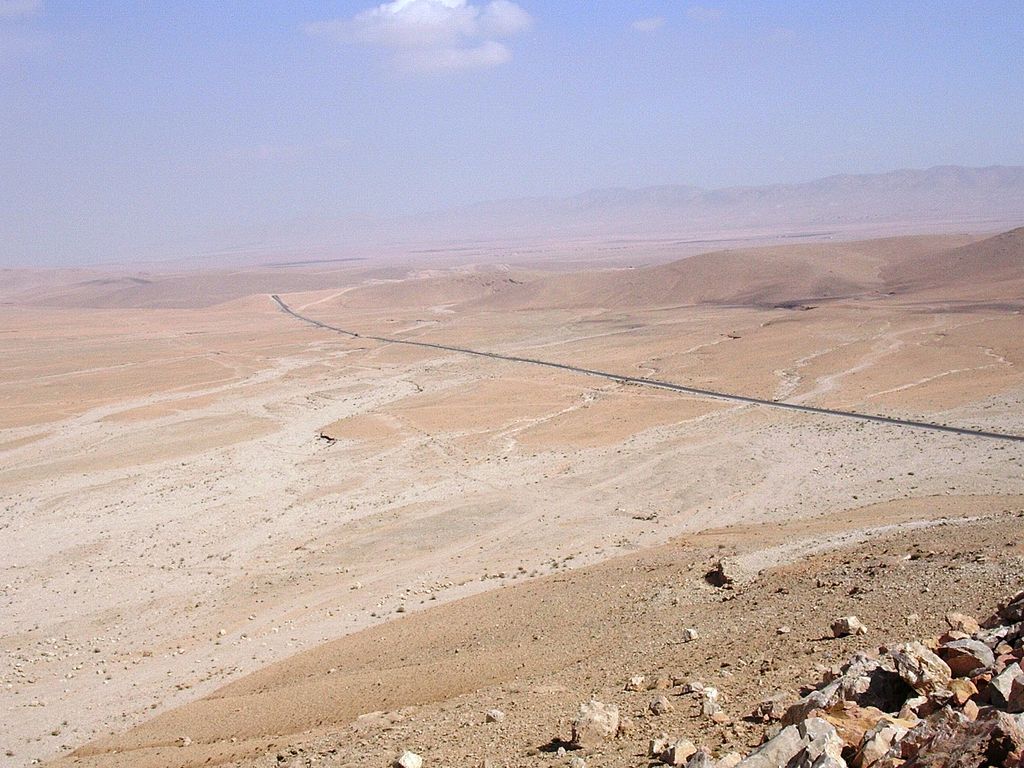
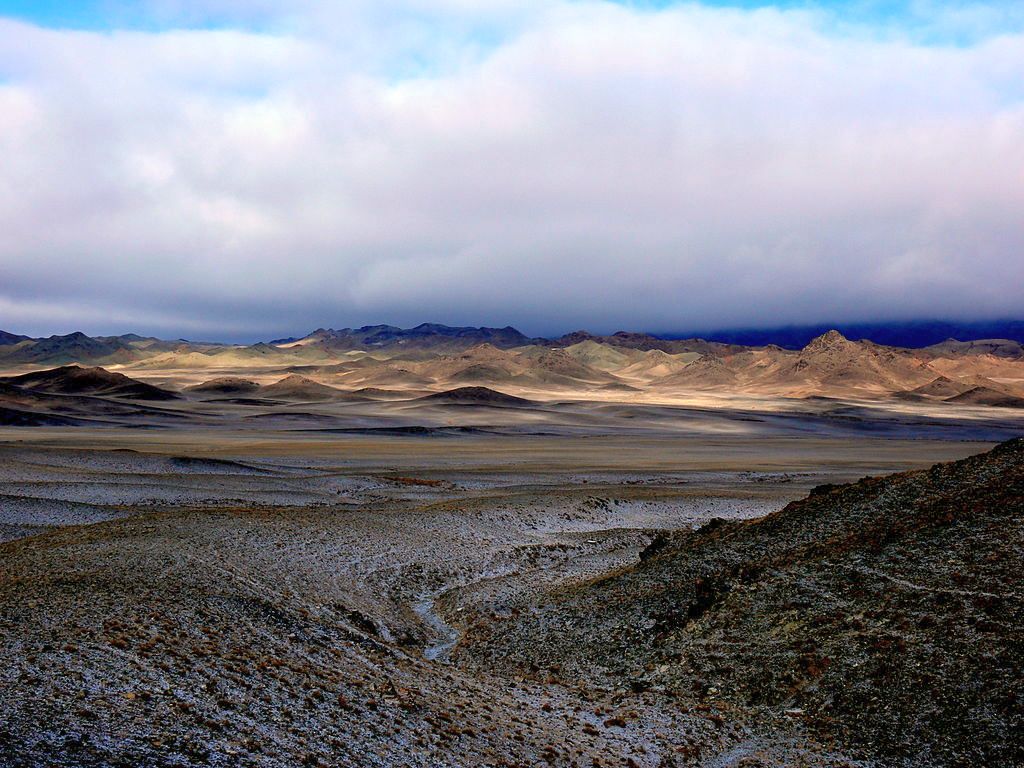
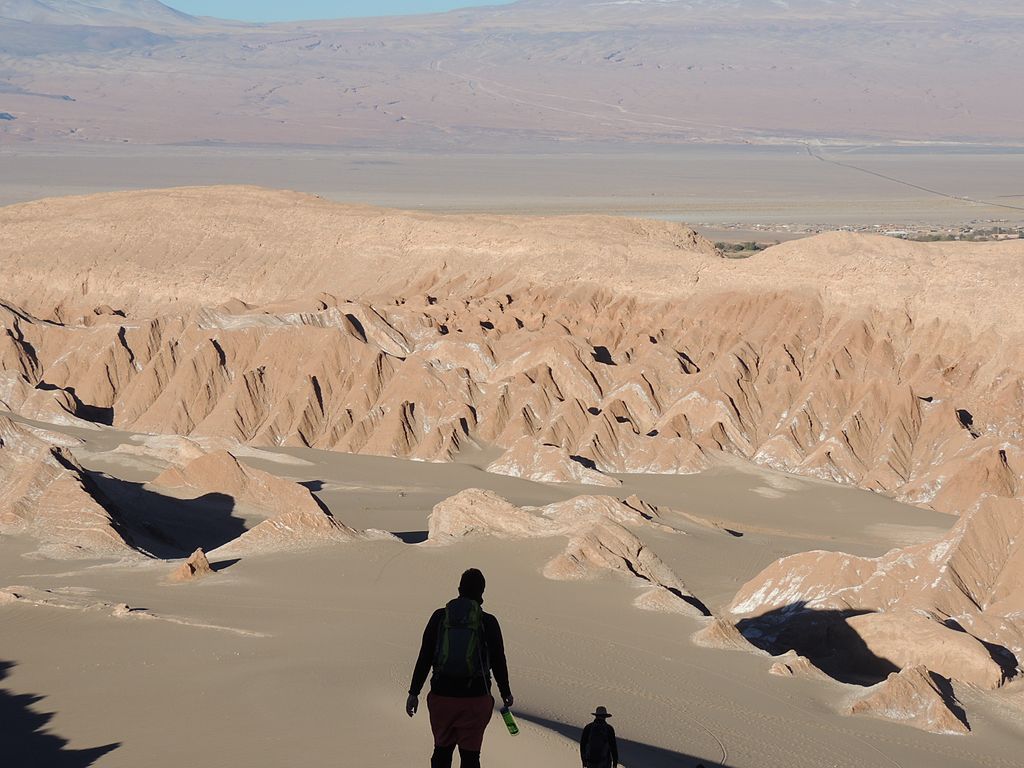
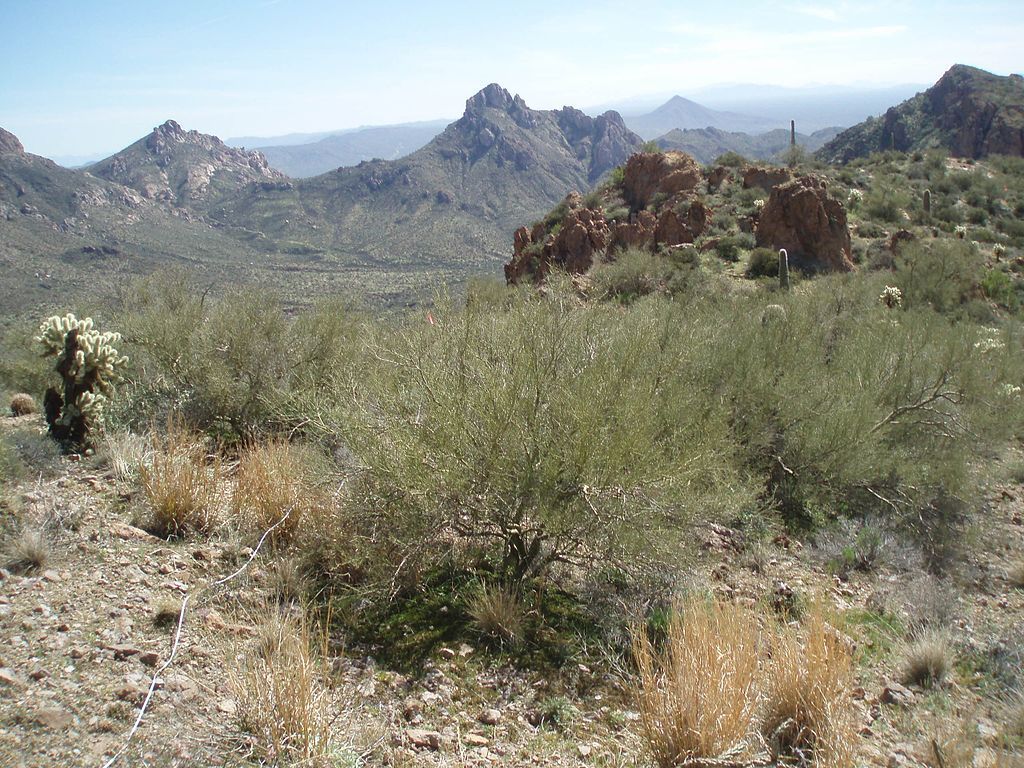
Leave a comment with your answer. I’ll post the answer later today (see below).
Click here for a map (By the way, this map includes the answer but it doesn’t look that way!)
ANSWER: Antarctica! In fact both poles are deserts. The Antarctica Polar Desert is 5.5. million square miles, the Arctic Polar Desert is 5.4 million sq mi and the Sahara is 3.5 million sq mi. Read more about the largest deserts at geology.com.
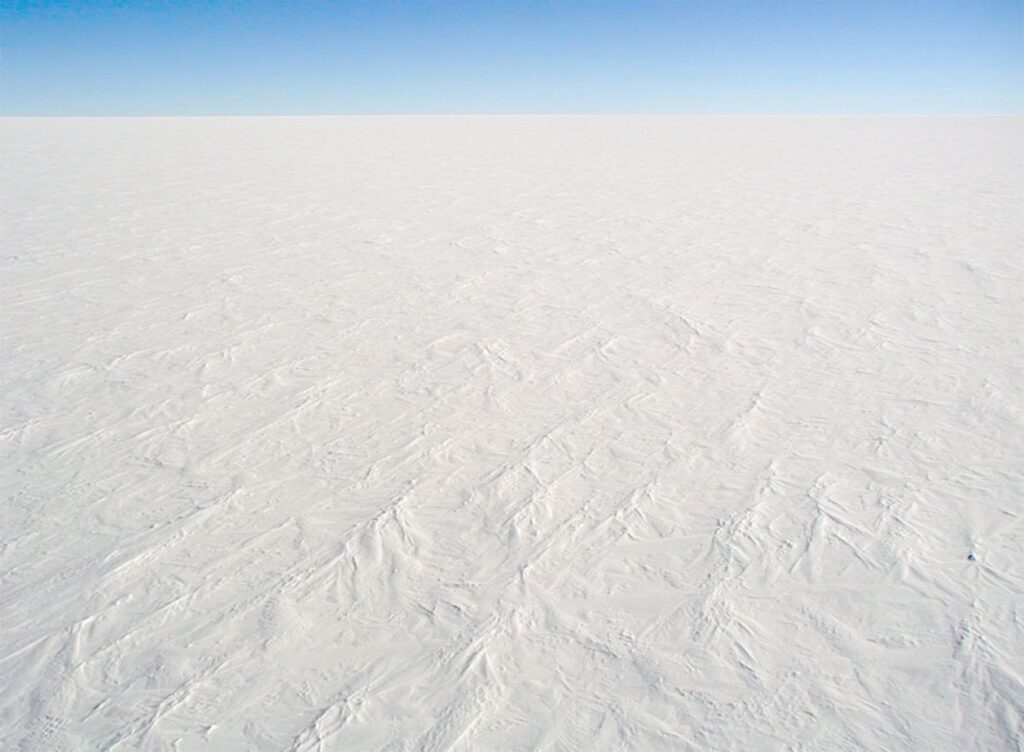
Why is it a desert? Because the air is so dry. As the Dan Satterfield explains in Scientific Facts That Are Not True:
It cannot be too cold to snow some. It can be too cold to snow a lot. As air gets colder, it can hold less moisture. This is why the Antarctic is the greatest desert on Earth. It’s drier in many places than the Sahara! Climate change is expected to cause more snow in polar regions, not less. Now you know why. (warmer air means it can snow more)
— Wild Wild Science Blog: Scientific Facts That Are Not True
(photos from Wikimedia Commons; click on the captions to see the originals)
